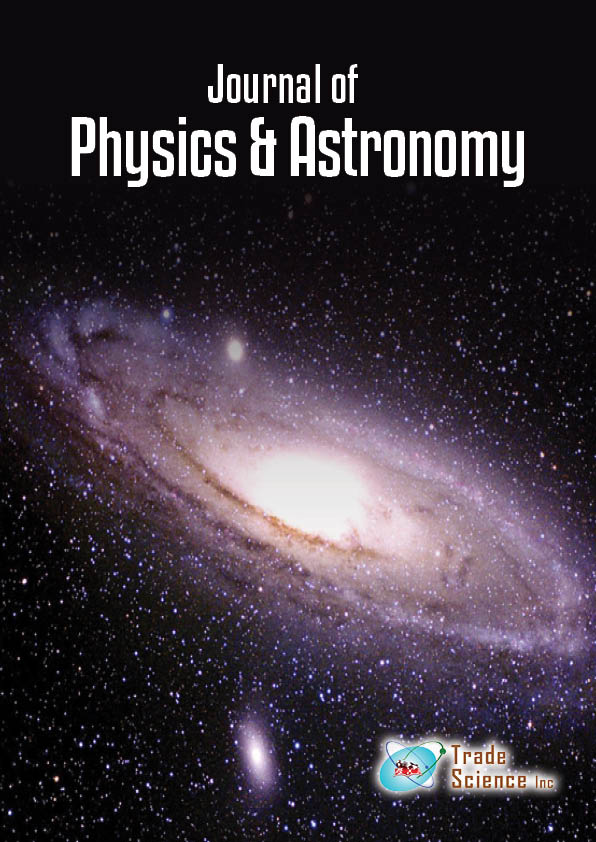抽象的な
Self-Interaction Field Theory Part II: Application in the Microworld
Qiubao Pan
Part I of this series of articles is about the scalar self-interaction field theory and its application in Astrophysics which is more about the self-interaction field interaction pattern within a “Self-Interaction blackhole” in the weak field limit. This Part II is about the boundary of the Strong Self-Interaction Field and the interactions among the “Self-Interaction blackholes”. This Part II provides a physics description of quantum behavior of microworld particles which is different from the current quantum mechanics. Assuming all elemental particles including proton, neutron, electron, photon, even neutrinos and quarks are bonded together through Strong Self-Interaction (SSI) fields. The physics properties of elemental particles (field being trapped), like the spin, the energy of the system (Einstein’s quantum energy assumption), the Pauli exclusion principle and the uncertainty principle of quantum mechanics are discussed in detail from the Self-interaction field theory point of view. Hawking theory for the gravitational blackhole is used to study the strong interaction by replacing the gravitational constant with a Strong Self-Interaction constant. The pion lifetime, nuclear reaction time scale and proton mass is discussed. Planck units are revisited by replacing the gravitational constant with strong self interaction constant. It seems that the current Planck units are mismatched conclusion of physics constants. The origin of fine structure constant is also discussed.
